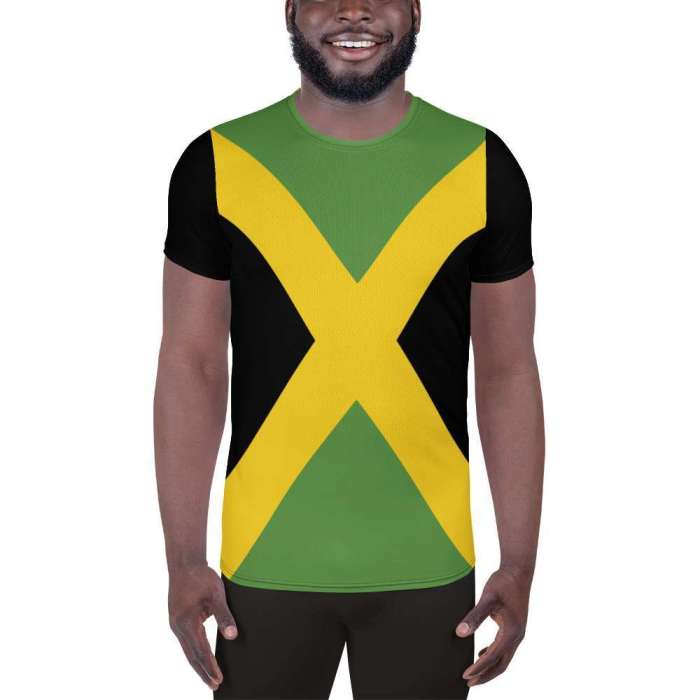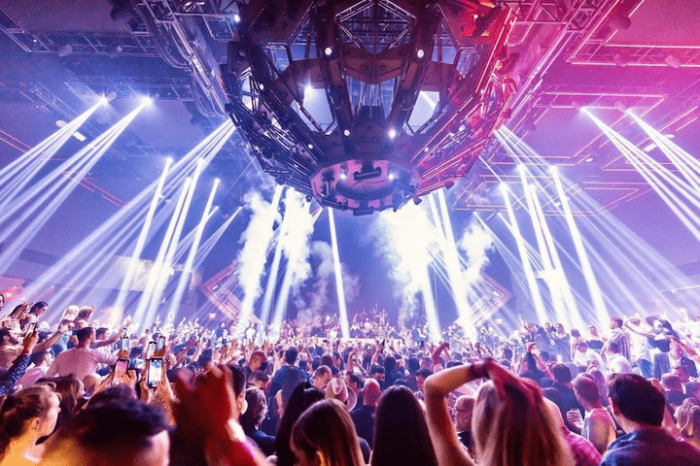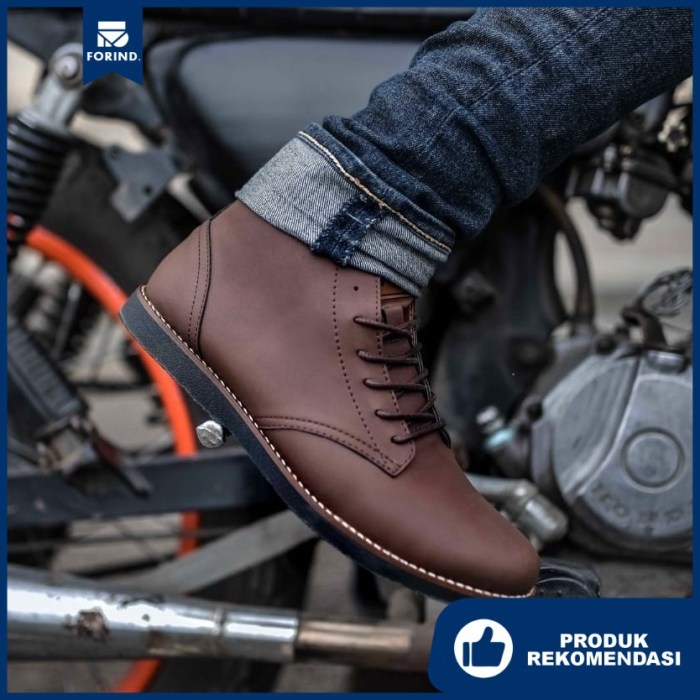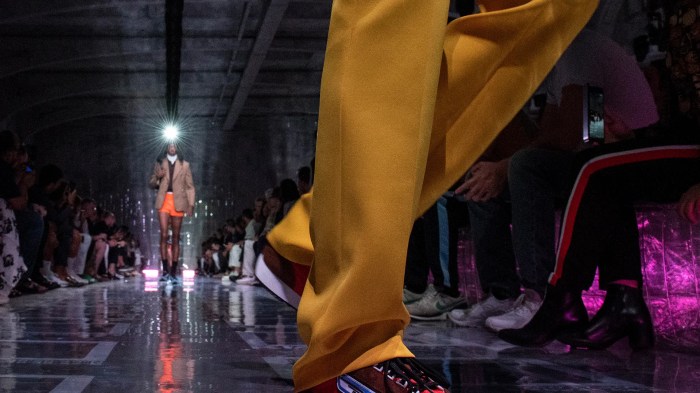Men’s Fashion Throughout History
The evolution of men’s fashion reflects societal shifts, technological advancements, and evolving cultural norms. From the simple linens of ancient civilizations to the tailored suits of the modern era, men’s clothing has undergone a remarkable transformation. This exploration delves into the key periods and styles that have shaped men’s fashion throughout history.
Ancient & Classical Men’s Fashion
Early forms of men’s clothing were largely functional, dictated by climate and available materials. The styles varied significantly across different ancient civilizations, reflecting their unique cultural and social structures.
In ancient Egypt, linen garments were prevalent, with variations in length and style reflecting social status. The shendyt, a knee-length skirt, was a common garment for men, while the wealthy wore longer, more elaborate versions. Mesopotamian men wore tunics and robes made from wool and linen, often adorned with intricate embroidery or patterns. The length and ornamentation of these garments often indicated social standing.
In ancient Greece, the chiton, a simple tunic, was a staple garment, often worn with a himation, a cloak draped over the shoulders. The himation could be worn in various ways, signifying different social contexts and occasions.
Roman men’s clothing differed from Greek styles in several key aspects. While the tunica, a type of tunic, was common to both cultures, the Romans favored the toga, a draped garment that became a symbol of Roman citizenship. The style and color of the toga indicated social rank and occasion. Unlike the simpler chiton, the toga required a more complex draping technique.
Variations in the toga included the toga praetexta (with a purple border) for magistrates and the toga pulla (dark-colored) for mourning.
| Material | Availability | Social Status Association | Geographic Region |
|---|---|---|---|
| Linen | Common in Egypt, less so elsewhere | Varied, but generally more common among lower classes in Egypt | Egypt, Mesopotamia |
| Wool | More common in cooler climates | Associated with wealth in some regions | Mesopotamia, Greece, Rome |
| Cotton | Relatively rare in the classical era | Indicative of wealth and access to trade routes | Limited availability |
| Silk | Extremely rare and expensive | Exclusively worn by the elite | Imported from the East |
Medieval & Renaissance Men’s Fashion
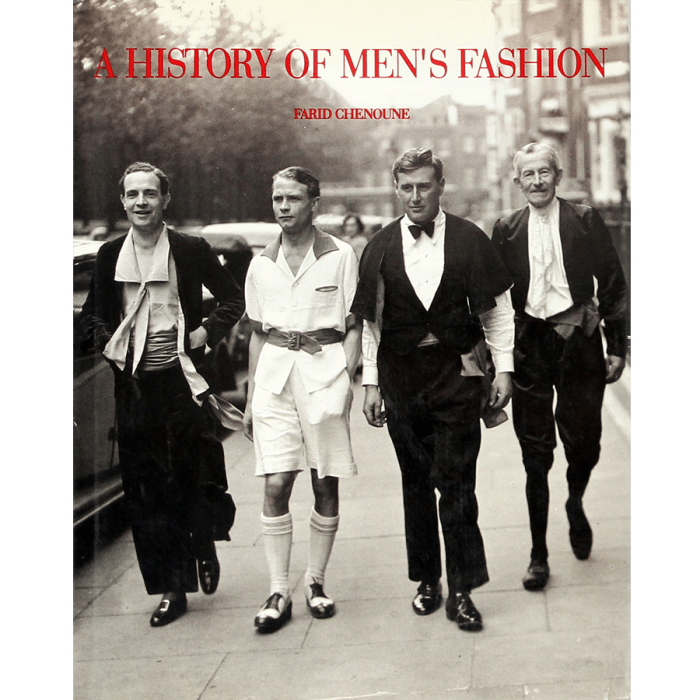
Source: fitnyc.edu
Medieval men’s fashion was characterized by significant regional and class variations. Garments were often practical and functional, reflecting the agricultural and military lifestyles of the time. The influence of the Church also played a role in shaping sartorial choices.
- Tunics
- Robes
- Hose
- Doublets
- Surcoats
- Cloaks
The Renaissance saw a dramatic shift in men’s fashion, particularly in Italy, which became a center of innovation. Tailoring became more sophisticated, resulting in more fitted garments. Silhouettes became slimmer, with the use of padding and shaping techniques to create a more defined waistline. Rich fabrics like velvet, silk, and brocade became more widely available, leading to greater ornamentation and decoration.
The use of vibrant colors and intricate embroidery further emphasized the opulence of the era.
| Country | Late Medieval | Early Renaissance | Key Characteristics |
|---|---|---|---|
| Italy | Simple tunics and robes | Fitted doublets and hose, elaborate fabrics | Early adoption of Renaissance styles, emphasis on tailoring |
| France | Similar to Italy, but with regional variations | Gradual adoption of Italian styles, often more conservative | Slower to embrace new trends |
| England | Heavily influenced by practical considerations | More restrained than Italian styles, often featuring darker colors | More conservative than other European countries |
| Spain | Emphasis on rich fabrics and elaborate embroidery | Continued emphasis on luxury fabrics, but with a more structured silhouette | Known for its luxurious fabrics and embellishments |
17th & 18th Century Men’s Fashion, Men’s fashion throughout history
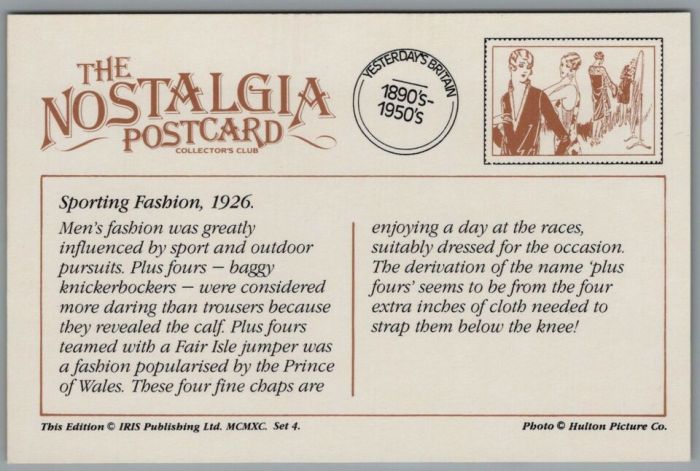
Source: ebayimg.com
The 17th and 18th centuries witnessed the development of the modern suit, a cornerstone of men’s formal wear. This period also saw the rise of elaborate wigs and accessories, reflecting the importance of social status and display.
The evolution of the suit involved the gradual integration of different garments. The coat, waistcoat, and breeches evolved into a coordinated ensemble. The use of lace, embroidery, and buttons provided further embellishment. Wigs, often powdered and styled in elaborate ways, became a significant element of men’s fashion, signaling social standing and profession. Accessories like hats, canes, and buckles further completed the ensemble.
French and English styles, while sharing some common elements, differed in silhouette and fabric choices. French fashion tended towards more elaborate ornamentation and a more flamboyant style, while English styles often favored a more restrained elegance. French fabrics, often lighter and more delicate, contrasted with the heavier wools and velvets frequently used in England. The silhouette, particularly in the coat, also showed distinct differences, with the French favoring a more fitted and tapered style, while the English often preferred a looser, more flowing cut.
Crafting an 18th-century waistcoat involved meticulous handwork. Fine wool or silk would be chosen, depending on the wearer’s means. The fabric would be carefully cut and shaped, using patterns to ensure a precise fit. Hand-stitching would be used to assemble the pieces, with attention paid to the details of the seams and buttonholes. Lining would be added for comfort and durability.
The finished waistcoat would be a testament to the skill and artistry of the tailor.
19th & Early 20th Century Men’s Fashion
The Victorian era saw a refinement of men’s fashion, with a focus on tailored garments and a greater emphasis on formality. Industrialization played a crucial role in making ready-to-wear clothing more accessible, while changing social norms influenced the styles that were considered appropriate.
The frock coat, tailcoat, and morning coat were staples of Victorian men’s wardrobes. The rise of the ready-to-wear industry made these garments more widely available, albeit in standardized sizes. The use of accessories like cravats, pocket watches, and top hats further enhanced the overall look. The rise of sporting activities also led to the development of more casual garments, such as knickerbockers and tweed jackets.
World War I brought about a significant shift towards more practical and functional clothing. The need for efficient and durable uniforms impacted civilian styles as well. The use of simpler cuts and less elaborate embellishments became more common. This trend reflected a move away from the elaborate styles of the previous era.
The early 20th century witnessed a gradual evolution in men’s fashion, leading up to the stylistic changes of the 1920s. The silhouette became more streamlined, with a move away from the bulkier styles of the Victorian era. The use of lighter fabrics and more relaxed cuts reflected a change in social attitudes and a growing emphasis on comfort.
20th & 21st Century Men’s Fashion
The mid-20th century saw a dramatic shift in men’s fashion, largely influenced by the rise of casual wear and the impact of Hollywood. The post-war boom and changing social norms contributed to a more relaxed and informal approach to clothing.
The 1950s saw the popularity of the Ivy League look, characterized by tailored trousers, button-down shirts, and loafers. The 1960s brought about a more rebellious style, with the influence of youth culture and counterculture movements. The 1970s embraced a wider range of styles, including disco fashion and the more casual styles influenced by sportswear.
The evolution of men’s jeans is a fascinating example of how a single garment can adapt and evolve to reflect changing tastes and technologies. From their humble origins as durable workwear, jeans have become a versatile and iconic item of clothing. Different cuts, such as straight-leg, boot-cut, and skinny jeans, have emerged, reflecting evolving body shapes and style preferences.
The range of washes, from light to dark, adds further variety, while details like distressing, embroidery, and patches personalize the look. The evolution of denim itself, from heavy, rigid fabrics to softer, more comfortable blends, has also contributed to the versatility of jeans.
Questions Often Asked: Men’s Fashion Throughout History
What is the significance of the color purple in historical men’s fashion?
Historically, purple dye was incredibly expensive, making it a symbol of wealth and power, often associated with royalty and high-ranking officials.
How did the invention of the sewing machine impact men’s fashion?
The sewing machine revolutionized clothing production, making garments more affordable and accessible, leading to wider adoption of tailored styles and increased fashion innovation.
What role did Hollywood play in shaping 20th-century men’s fashion?
Hollywood stars became powerful style icons, influencing trends through their on-screen appearances and personal style, making certain looks highly desirable and widely emulated.
How did World War II affect men’s fashion?
World War II led to a simplification of men’s clothing, with more utilitarian and practical styles dominating as resources were redirected to the war effort. Post-war, a return to more tailored styles occurred, albeit with a more casual approach.







